
CD / DVD Replication & Duplication
In a year of selling your own CDs or DVDs you could make more money than in a lifetime of selling downloads - especially if you're a gigging band or artist, selling merchandise at gigs. So once your mastering is done it's worth thinking about getting a run of discs manufactured.
Replication has always been the standard way of making commercial bulk quantities of CDs and DVDs. It's sometimes called 'Pressing' - because the discs are pressed in a high-precision injection moulding process. There's a minimum order of 500 and the price depends on how many you want, and what sort of packaging you want them in.
Duplication is the preferred method for smaller runs, where.the discs are burnt on duplicating machines. Minimum for duplication can be as little as 20, but realistically 50 or 100 is more cost-effective. There comes a point, usually around 250 where the price is such that it's worth considering a 500 pressing run.
3 Steps to Manufacturing...
- 1. Decide how many discs you want. This may determine whether to go for Replication or Duplication.
- 2. Decide what sort of packaging format you're looking for. The common formats are pictured below. If there's a Booklet involved I'll need to know how many pages - 2, 4, 6, or (for replicated discs only) 8 and over. and whether you want B/W inside pages or colour throughout.
- 3. Call me for a quote for the manufacturing, and advice on what to do about artwork.
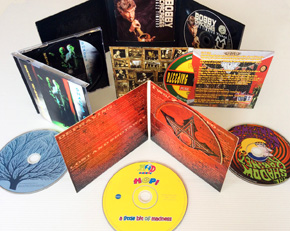
In fact, you can call me for free expert help and advice on any aspect of optical disc manufacturing - even if you're only at the stage of thinking about it!
Packaging Formats
CD/DVD in Jewel Case
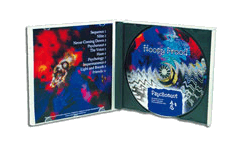
The standard package for CDs. The Jewel Case is in two parts, the transparent outer and the tray that holds the CD and clips in to the back side of the case. The printed Booklet slips into the front of the case, and a printed Backliner is sandwiched between the Tray and the back of the Case.
CD/DVD in Card-Pak
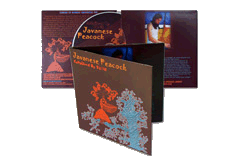
The Card-Pak is a 'Green' alternative to the Jewel Case. It's plastic-free, and a bit like a gatefold Card Wallet. The disc is held in a pocket on the inside so it can't fall out. These aren't always available for small duplication runs - check first.
CD/DVD in D-Pak
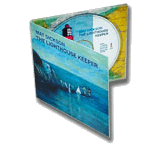
The D-Pak (also known as Digipack) is an upmarket format where the disc is held on a transparent tray that is glued to the printed two-ply card sleeve. It looks great but can be pricey in comparison.
CD/DVD in Amaray
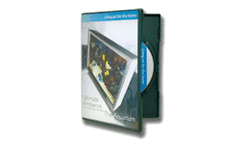
The standard package for DVDs. The black hinged case has a clear sleeve around the outside which holds a printed 'wrap'.
CD/DVD in Card Wallet
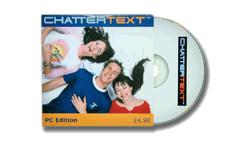
The Card Wallet is like a mini record sleeve where the disc slips in through the open edge, which is either on the top or the right. This format is often used for cover-mounts and give-aways.
CD/DVD Raw Disc
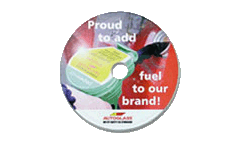
A disc with no packaging at all, for when the customer wants to mount the disc in some sort of novel way for a special event or promotion. Ask me about mounting accessories or plastic wallets.
These are the most common packaging formats - but others are available for replicated CDs. Call me about other plastic case styles, clear PVC wallets, paper envelopes, and mounting accessories like sticky CD Dots or CD Spiders.

